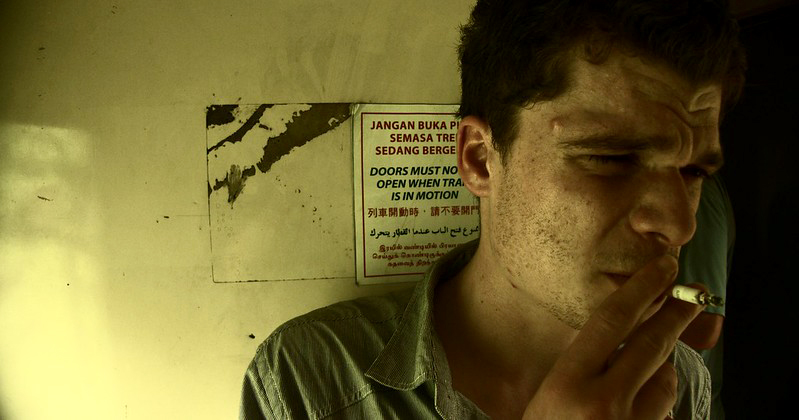Recommendations for use

It is always interesting and positive to try to complement the Virtual Reality experience with comments, questions or indications to make it easier for the patient to get into the situation and feel a greater immersion in the environment.
Some examples could be: “Imagine that these are your friends, with whom you usually consume or have used in the past”… “How do you feel when you see them?” “What do you think they think of you?” “Which one do you feel most uncomfortable with and why?” “Which one generates more impulse of consumption?” “Which one do you trust or give you more security?” “Do they make you nervous?” etc.
At the same time, it is highly recommended to try to keep the patient in the same body position as the protagonist of the scene (in this case, sitting at the classroom desk).
In the same way, it can be useful to add any element of the scene or the context where the events take place. In this case, preparing some air freshener, incense…, with a smell similar to the substance (tobacco, cannabis, beer…), having a bottle and / or a can that the patient can touch…, can help make the immersion more effective and provide the patient with the sensations and emotions of the environment. In these environments, the use of tactile, olfactory and gustatory stimulation complementary to virtual reality will be of special importance.
It is also recommended that during the conversations between patient and avatars within the virtual environment, the patient says aloud the answer he is selecting to communicate with the avatar with whom he is interacting.
Finally, remember that in Psious you have a wide variety of environments with which you can complement the work in relation to substance-related disorder. We present some examples below:
| Therapeutic area | Environments | Scene | Therapeutic objective |
|---|---|---|---|
| Social Anxiety | Group in the Bar | Bar | Evaluation and management of Craving (alcohol, tobacco and cannabis)General EEHHSS |
| Fear of the dark | Fear of the dark | House alone | Evaluation and management of Craving ( alcohol, tobacco and cannabis) |
| Fear of driving | City | Driving at night in the city | |
| Fear of flying | Boarding gate | Before boarding | |
| Airplane | Flight | ||
| Anxiety about exams | Institute | Before entering the exam and After the exam | |
| University | |||
| Fear of speaking in public | All | Before and after of the execution of the speech | |
| Relaxation | Diaphragmatic breathing | Under the sea or Grassland | Management of physiological activation |
| Jacobson relaxation Jacobson | relaxation | ||
| Mindfulness | Conscious walk | All | Attention management |
| Spring-Summer | All | Management of attention and thoughts | |
| Psychoeducation | Anxiety | All | Conceptualization of emotional responses |
| Stress | All | Conceptualization of stress response |
[ DISCLAIMER: This document has been automatically translated using Google Translate. ]